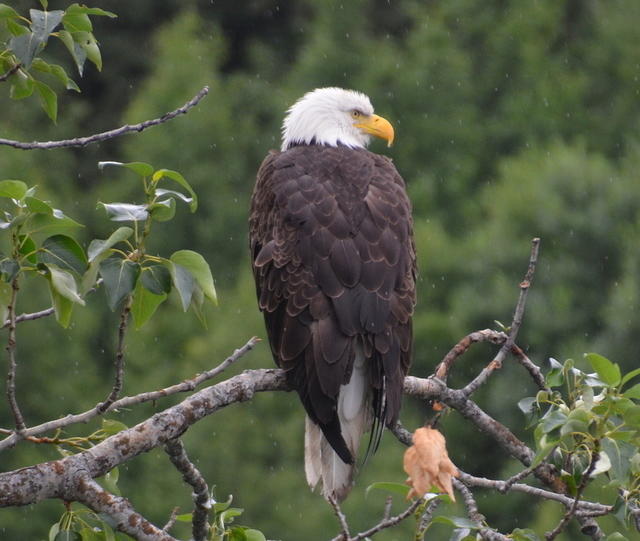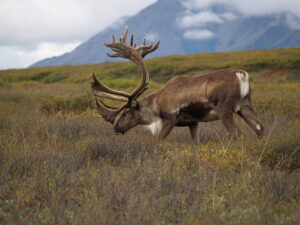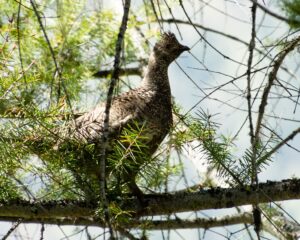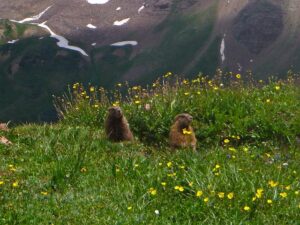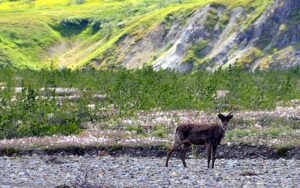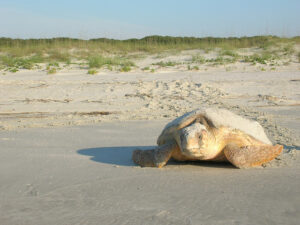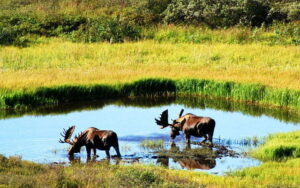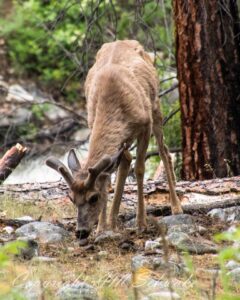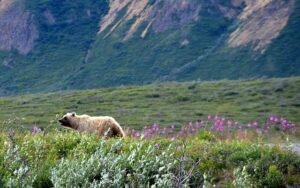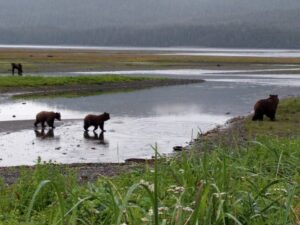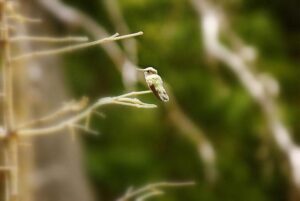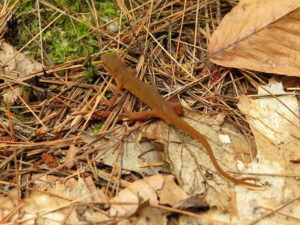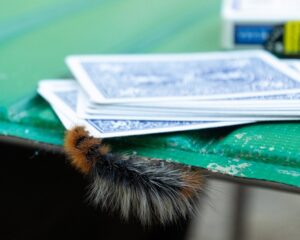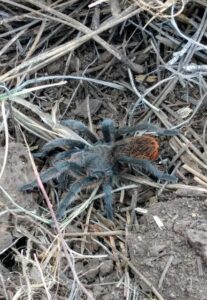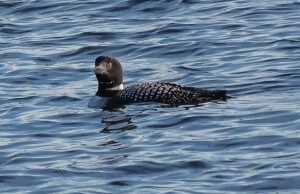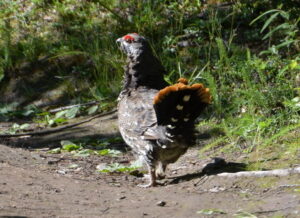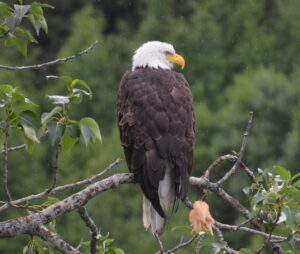 We’ve all seen some amazing shots of wildlife on the internet recently. From bears catching dinner in a stream to newborn deer napping in the grass, these photos of wild animals living their wild lives are incredible.
We’ve all seen some amazing shots of wildlife on the internet recently. From bears catching dinner in a stream to newborn deer napping in the grass, these photos of wild animals living their wild lives are incredible.
The popularity of amateur wildlife photography is on the increase and so to should be the discussion about the responsibilities involved when capturing images of wild animals. Here are a few tips on how to take great photos while acting responsibly, protecting wild animals and keeping yourself safe.
1) Do Plan Your Shot
Knowing the conditions in the area you are visiting, the types of animals you may run into, the seasonal behaviors of the animals you’re trying to photograph, and the approximate time of sunrise/sunset can go a long way in getting you in the right spot to take an amazing wildlife photo. Planning ahead can be a huge component of getting a great picture!
2) Don’t Harass the Wildlife
Keep a sufficient distance to the critters you are photographing. What is sufficient you ask? It should be a distance that is safe, respectful and your presence shouldn’t be changing the behaviour of the wildlife. Are they looking at you? Time to reassess your distance; you may be too close.
Photographing large animals like moose or bears? Use the rule of thumb: if you close one eye and hold your thumb out at arms length the animal should be completely covered by the thumb.
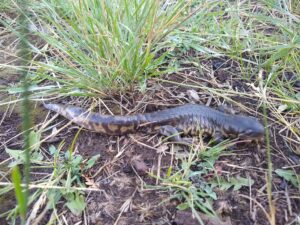 Avoid photographing animals at sensitive times if possible (mating season, nesting season, etc.)
Avoid photographing animals at sensitive times if possible (mating season, nesting season, etc.)
Move slowly and quietly when around wildlife (unless you are in bear country and need to make your presence known for safety).
Never yell at wildlife to make it look at you for a photo.
Never feed wildlife to lure it closer for a photo.
Even when an animal makes little outward signs that your presence is making it uncomfortable repeated incursions into its personal space can add up. Try to appreciate the effects that large numbers of visitors over a period of time can have on the normal behavours of the wild animals they encounter.
- Baby whales have been shown to surface to breathe less frequently when boats are close. This can add up and result in babies putting on less weight before their first winter migration.
- Elk spend more time being vigilant when people are around leading to reduced foraging and a decrease in successful reproduction.
Please remember that “don’t harass the wildlife” applies to photos/videos taken with drones as well. Studies have shown that wildlife are very aware of drones nearby and drone activity can have negative effects on wildlife including increased vigilance and avoidance.
Remember that drones are prohibited from launching, landing or being operated within designated wilderness areas.
3) Do Use Telephoto Lenses
A good telephoto lense can bring far away animals right up close while keeping everyone at a safe distance.
4) Don’t Put Yourself in Danger
Every year people are injured and/or killed when they get too close to wild animals for a photo and are attacked. Animals don’t know all you want is a picture and they may act aggressively to defend themselves and their territory. If you’re in a situation where you Stay a safe distance away from wild animals!
5) Do Plan on Spending Some Time Waiting
A good photo can take hours of waiting for just the right light, composition, and animals/animal behavior. Bring the items you need to wait comfortably and safely for that perfect shot to appear.
6) Don’t Ignore the Little Guys
Macro photography can bring even the tiniest creatures into full frame splendor and help others see the beauty of the world on a microscopic level.

